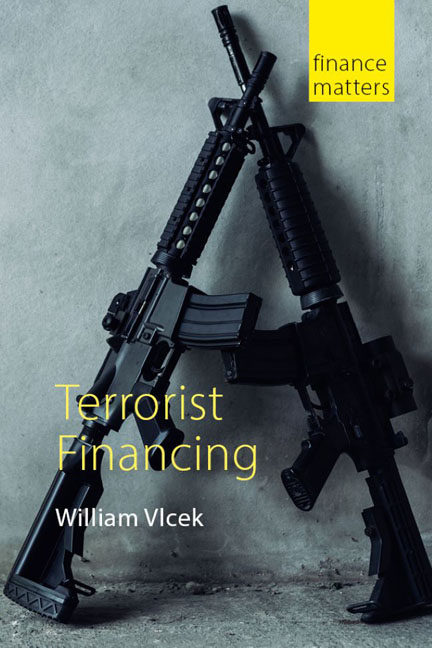Book contents
- Frontmatter
- Contents
- Preface and acknowledgements
- Acronyms and abbreviations
- 1 Foundations and origins
- 2 Terrorist financing in the twentieth century
- 3 In the aftermath of 9/11
- 4 Collective action against terrorist financing
- 5 Making CFT global
- 6 Dealing with new payment technologies
- 7 The financing of Islamic State
- 8 Reflections on combatting terrorist financing
- Notes
- References
- Index
Preface and acknowledgements
Published online by Cambridge University Press: 20 January 2024
- Frontmatter
- Contents
- Preface and acknowledgements
- Acronyms and abbreviations
- 1 Foundations and origins
- 2 Terrorist financing in the twentieth century
- 3 In the aftermath of 9/11
- 4 Collective action against terrorist financing
- 5 Making CFT global
- 6 Dealing with new payment technologies
- 7 The financing of Islamic State
- 8 Reflections on combatting terrorist financing
- Notes
- References
- Index
Summary
The aim of this book is to provide an overview of terrorist finance in the twenty-first century and the measures employed to identify and obstruct money intended to support acts of terrorism. Terrorist financing has been a concern and topic of analysis for a large number of policy-makers and academics throughout the past two decades (and longer for a few specialists). In large part, the attention has been focused on the group or groups that represented a threat to a specific country. When the terrorist threat is local, and thus a national problem, this concern is understandable. Yet the dynamic changed at the end of the twen¬tieth century with the emergence of a more transnational form of terrorism. In turn, the states affected by transnational terrorist groups turned their efforts towards an international campaign against terrorist financing as one modality for suppressing and preventing acts of terrorism. The initial result was the con¬struction of mechanisms to combat the financing of terrorism (CFT) suitable for operation in the financial systems of developed economies. In time the international guidance evolved to offer some flexibility for implementation that recognized the different circumstances operating in the financial systems of a developing economy. A similar distinction can be found in the literature on terrorist finance, where a large part remains concerned with the financial systems of developed economies and a small portion analyses the impact of CFT measures on economic development, financial inclusion and the limited reach of formal finance in the developing economies.
The following chapters are the product of close to 20 years studying global finance and seeking to understand the efforts taken by national and international authorities to regulate and govern it. Much of the focus for this activity is located at the intersection of finance and security, and terrorist finance has been one of the central concerns. This text builds on research published in a number of edited books and academic journals, and it follows the general structure developed for a fourth-year undergraduate module at the University of St Andrews that I taught between 2009 and 2012. To access the publications and guidelines of the Financial Action Task Force and United Nations Security Council, mentioned throughout the text, please see the References section, which provides the general web addresses for these organizations through which the various publications can then be found.
- Type
- Chapter
- Information
- Terrorist Financing , pp. vii - viiiPublisher: Agenda PublishingPrint publication year: 2022

